Urban Zoo Team-Breaking the barriers
Urban Zoo Team-Breaking the barriers
Managing a large multidisciplinary research team is a challenging task, especially when the teams are based in different organisations that are far apart from each other. This is the situation that Urban Zoonoses project is currently in. The 99 Household Study involves sampling 99 different households in different parts of Nairobi. Primary data and samples are collected by both veterinarians and medics based at ILRI, after which samples are sent to University of Nairobi, ILRI and the Kenya Medical Research Institute laboratories. Isolates from these laboratories are then sent to Universities of Edinburgh, Oxford, Liverpool for further analysis and full genomic sequencing.

The urban zoo team during a journal club presentation
Proper planning and efficient communication has been the key to ensuring that everything is well coordinated. Team leaders (management or PI’s) from all the collaborating institutions hold fort-nightly teleconferences to update, consult and agree on a unified way of moving forward. It is a common practice for staff to communicate through emails, phone calls, skype and one on one talks with each other. The group has a “WhatsApp group chat” that is used to share updates/progress including photos of both the labs and fieldwork. It is also the easiest and simplest way of sharing information with the entire group. Our active website www.zoonotic-diseases.org and the quarterly newsletters, publications and scientific conference presentations are some of the effective means used to ensure that the public is informed of the projects progress and findings.
Staff development and mentoring of young talents, is an area where the project has excelled with several Kenyan staff having either completed or ongoing with their Masters studies in the different collaborating Universities; University of Edinburgh, University of Liverpool, Royal Veterinary College at the University of London. In addition, five MSc students from the University of Nairobi, and six from Moi University through the Field Epidemiology Training program have been supported to undertake their research projects. The project has also attracted a number of European, American and Asian graduate fellows who joined to either gain experience or undertake research projects.

The urban zoo field team on a team building session
Team building sessions, write-shops, journal clubs and support to present scientific findings in both National and International Conferences coupled with inspiration and guidance from our dedicated Project Investigators, post-doctoral fellows and management are some of the ways that have helped in forming a united and dedicated team. Looking back, we all feel like one family, really privileged to be part of this big success!
Article written by James Akoko and Victoria Kyallo (Field Coordinator and Project Manager, respectively)








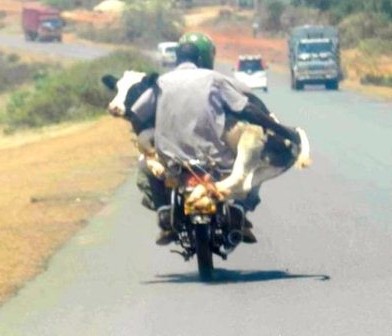

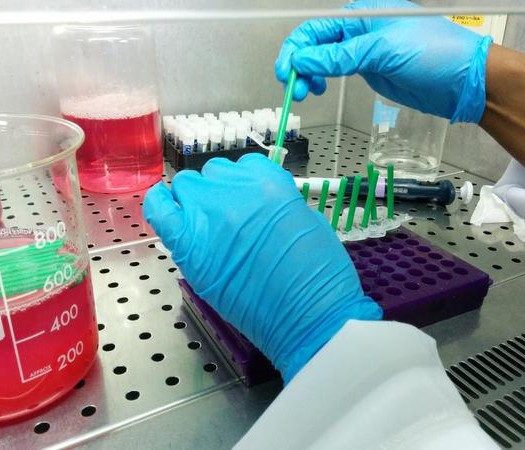
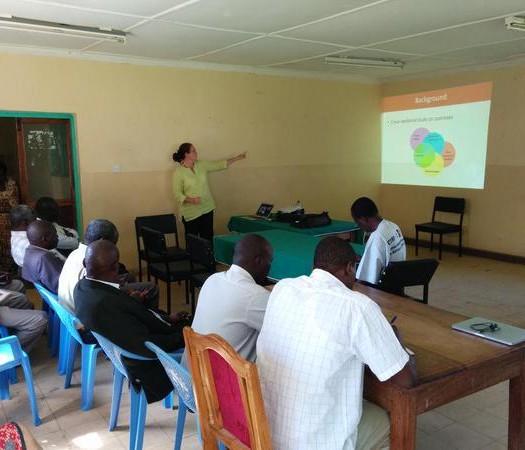
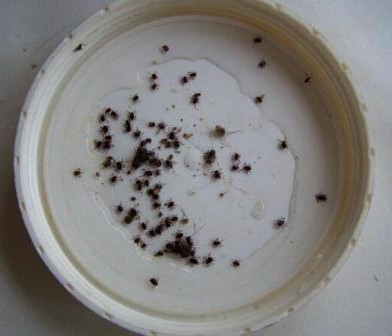
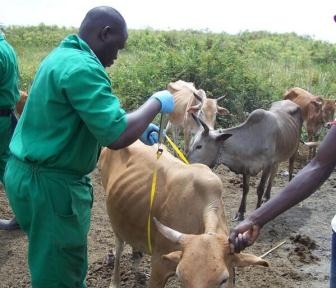
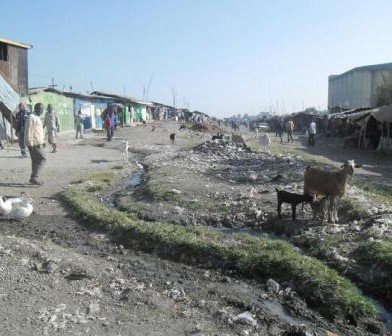

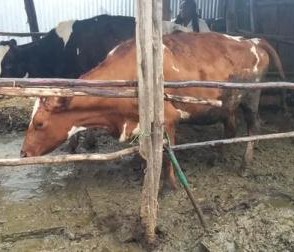
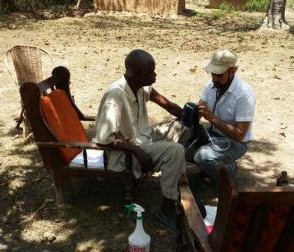
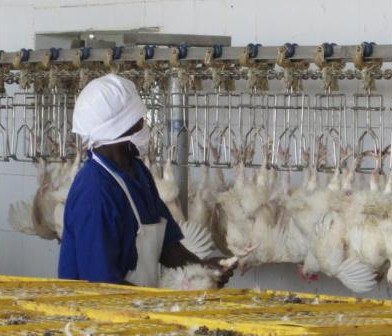
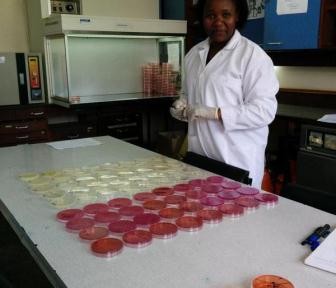
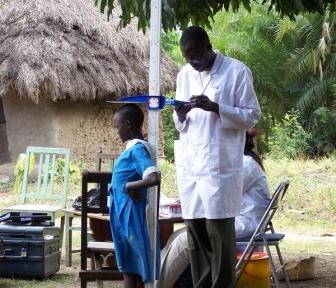
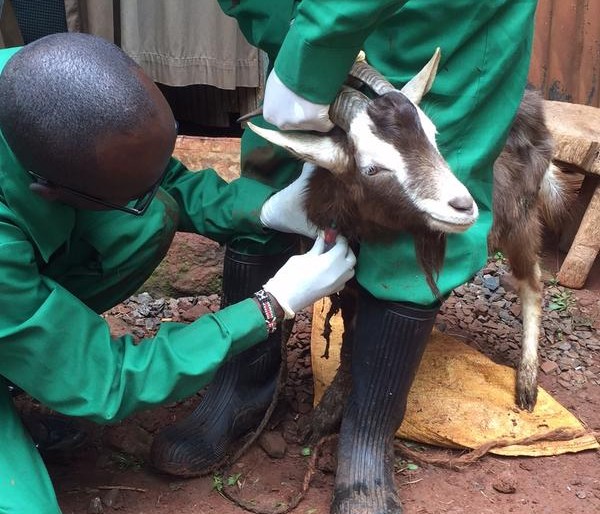
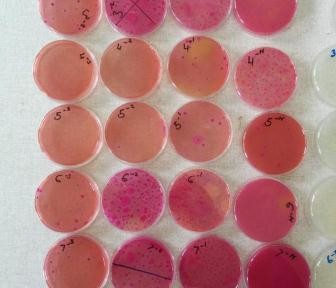
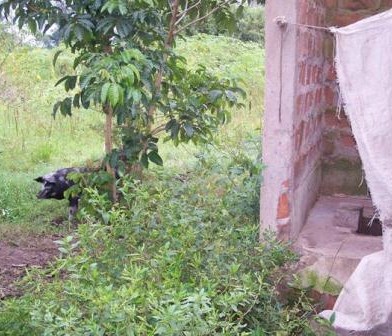
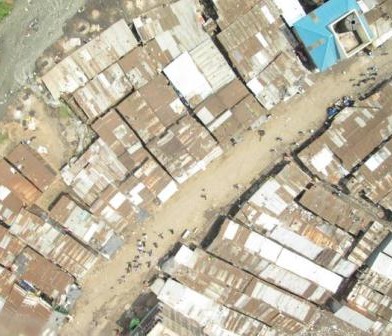
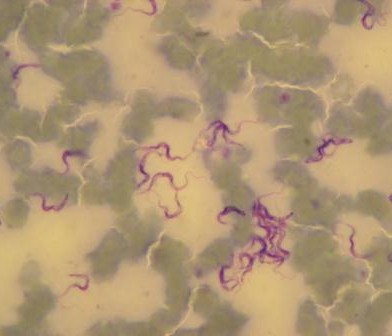
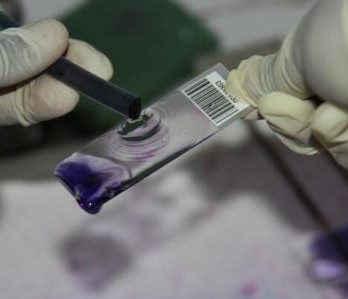

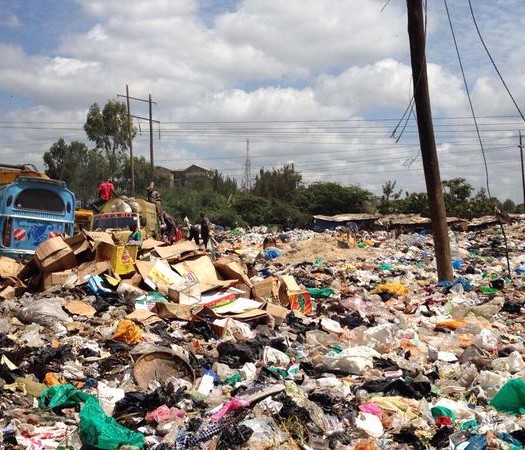

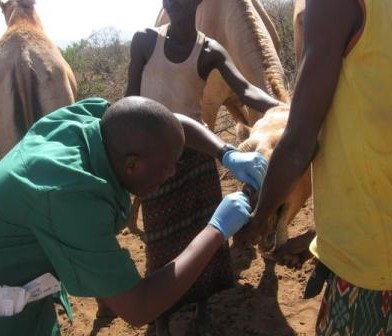

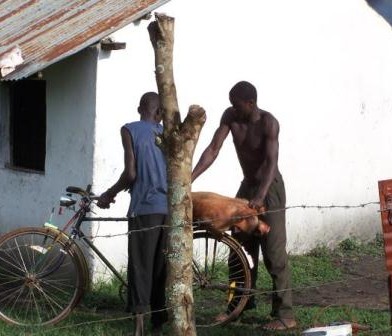
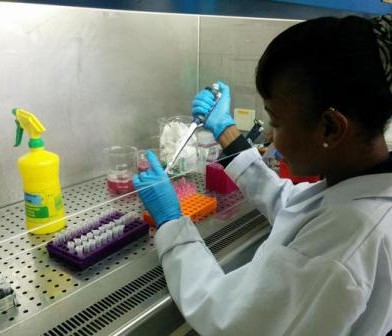
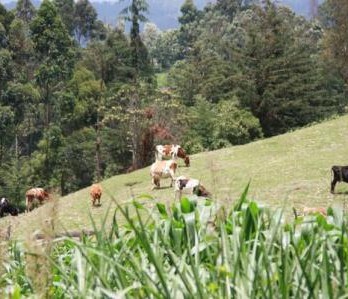
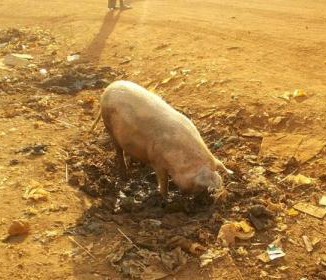
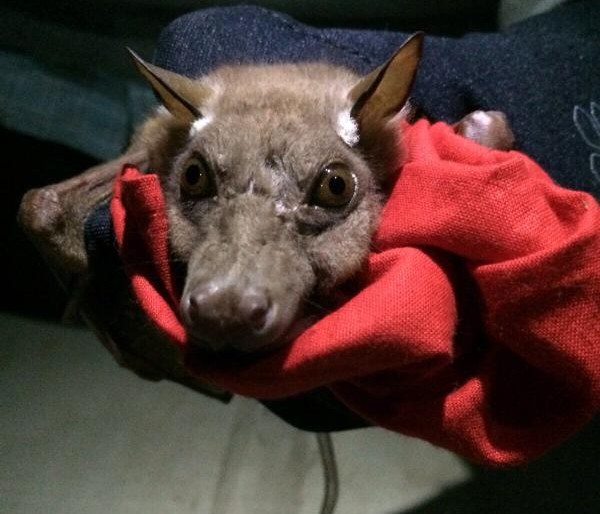

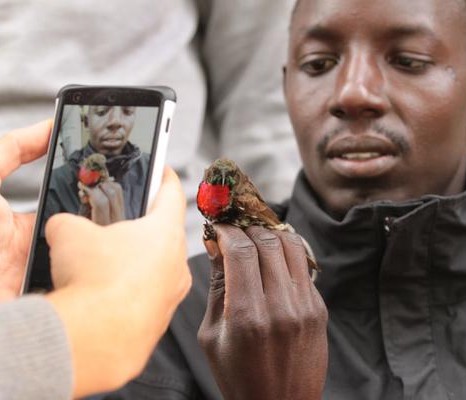

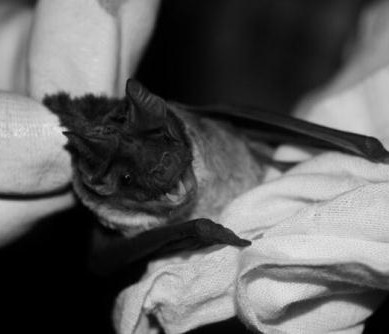
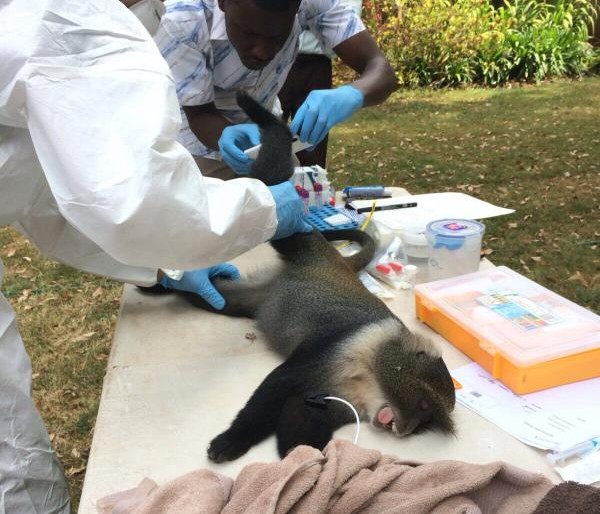
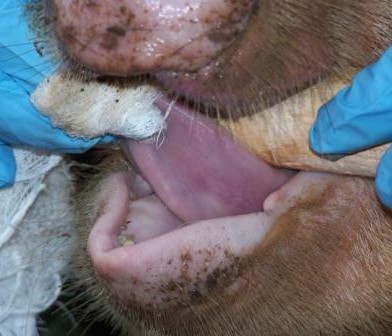
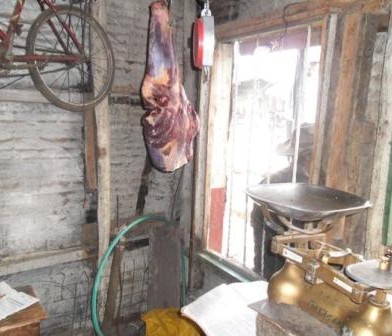
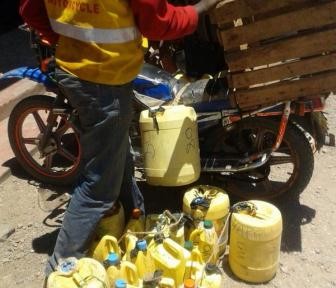
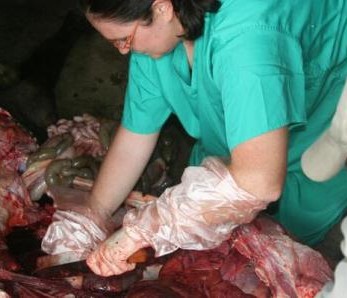
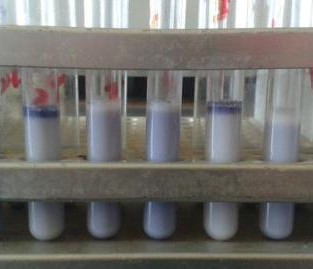

You must be logged in to post a comment.